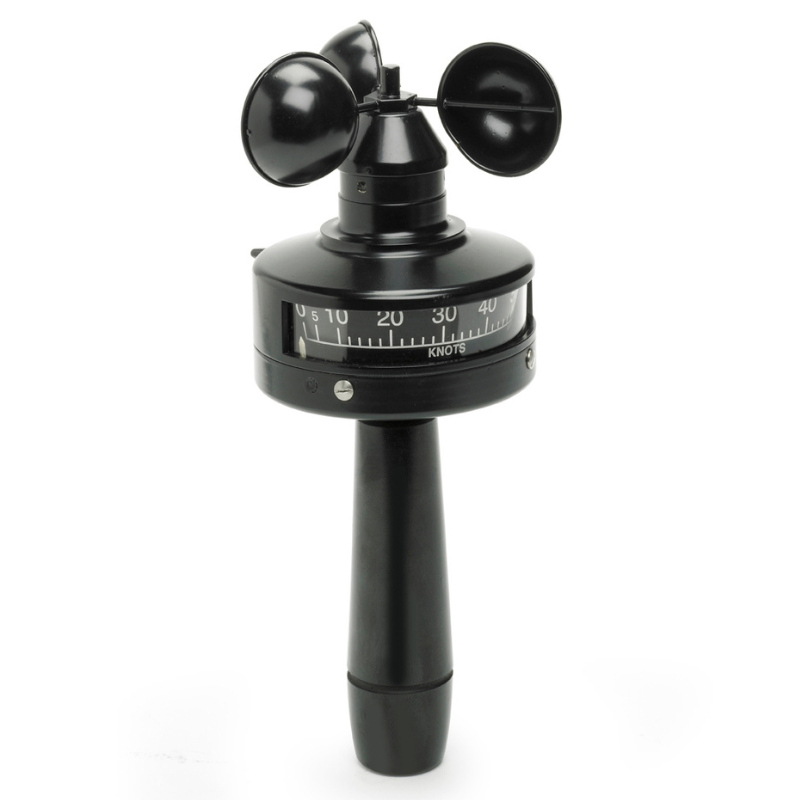Anaerobic biotechnology is a field of study that focuses on the use of anaerobic microorganisms for the production of bioenergy. Anaerobic microorganisms are microorganisms that can survive and thrive in environments with little or no oxygen. These microorganisms can be used to convert a wide range of organic materials, such as agricultural and food waste, into bioenergy products such as methane, hydrogen, and ethanol.
Uses
One of the most widely used anaerobic biotechnology processes for bioenergy production is anaerobic digestion. This process involves the use of a mixture of microorganisms, including bacteria, archaea, and fungi, to break down organic materials in the absence of oxygen. The end products of anaerobic digestion are methane, carbon dioxide, and a nutrient-rich effluent that can be used as a fertilizer.
Anaerobic digestion can be used to produce biogas, which is a mixture of methane and carbon dioxide. Biogas can be used as a source of renewable energy for heating, electricity generation, and transportation. The process can be carried out in different ways such as in batch, continuous and semi-continuous systems.
Another anaerobic biotechnology process that is gaining attention for bioenergy production is anaerobic fermentation. This process involves the use of microorganisms, such as lactic acid bacteria and Clostridium, to convert organic materials into ethanol and other organic acids. The ethanol produced through anaerobic fermentation can be used as a biofuel for transportation, while the organic acids can be used as a feedstock for the production of other chemicals and materials.
Anaerobic biotechnology is also being used for the production of hydrogen gas. This process is called dark fermentation. In dark fermentation, microorganisms such as Clostridium and Enterobacter aerogenes convert organic materials into hydrogen gas and organic acids. The hydrogen gas produced can be used as a source of clean energy for transportation, power generation, and other industrial applications.
Advantages
Anaerobic biotechnology has several advantages over aerobic processes. Anaerobic microorganisms are able to break down a wide range of organic materials, including those that are difficult to degrade aerobically. The process also produces less greenhouse gas emissions than aerobic processes, and produces a nutrient-rich effluent that can be used as a fertilizer.







